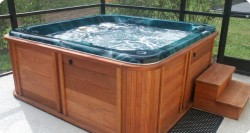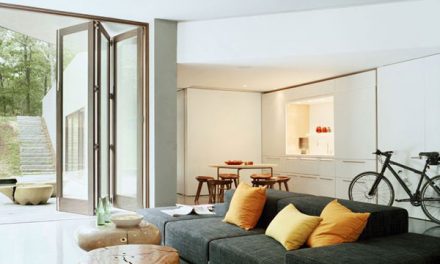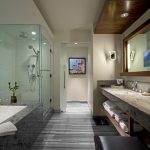
It is considered good practice to ensure that you use the right type of bath for the right application.
We venture to look at the several types of hot tubs we end up with, when the amenities are classified with the intended usage as the basis for classification. That is after coming to appreciate the fact that different types of hot tubs are meant for different uses. And while they can often be used interchangeably, it is considered good practice to ensure that you use the right type of bath for the right application.
Then again, two given hot tubs may be exactly the same (in terms of materials used to manufacture them, their designs and so on). But to the extent that they are put to different uses, they qualify to be termed as being ‘different’ types of hot tubs.
Ultimately, when they are classified with intended usage as the basis for classification, hot tubs can be seen as falling into (at least) three categories, namely:
1. Relaxation hot tubs: strictly speaking, all hot tubs can be viewed as relaxation amenities. There are, however, some which are specifically designed for this purpose.
It is a well known fact that water, and especially nice, warn water, has a remarkable relaxing effect. That effect becomes manifest when one sits submerged in such water for a reasonable period of time (as opposed to when one just runs the warm water over his or her body for some period of time, as in a shower). It is with that fact relaxation hot tubs were designed: to provide their users with an amenity specifically for sitting and relaxing in warm water submersion.
Different types of relaxation hot tubs vary in terms of sophistication. There are some which simply come with a warm water supply system, and a warm water suction system – to ensure good circulation (as opposed to stagnation) of the water, and hence ensure optimal relaxation. There are some which come with more advanced features – such as hot water jets for massage. This way, the people making use of them not only get to benefit from the relaxation effect associated with being soaked in warm water, but they also get to benefit from the relaxation expectable from a warm water massage.
Relaxation tubs may be found in individual homes, and also in public utilities (such as hotels and ‘spas’). But the objective for their deployment is always the same: to give their users the opportunity to benefit from the relaxation effect associated with warm water submersion.
2. Massage hot tubs: what sets these apart from other types of hot tubs is the fact that they come with ‘jet’ systems, which supply warm water at a certain medium pressure, thus making the people making use of them feel as if they are being massaged manually by a skillful pair of hands. This is also referred to as the whirlpool effect. There are some massage joints which make use of these, alongside the human masseuses, to maximize the pleasure of their clients.
3. Hydrotherapy hot tubs: when tubs are deployed in hydrotherapy, they are specifically meant to be used for pain-relief, and in most cases, for treatment of certain chronic health conditions. Their usage here is on account of the fact that water has been known to have pain-relief effects, besides the previously mentioned simple relaxation effect. Of course, it can also be argued that the pain-relief associated with warm water submersion is a byproduct of the immense relaxation effect of such submersion. Be that as it may, hot tubs are the main amenities used in hydrotherapy and going by the accounts of people who have benefited from it, such hydrotherapy definitely works. The tubs used in hydrotherapy are more or less like the tubs used for ordinary relaxation purposes. Nonetheless, a few design modifications may be made to ensure convenient entry and exit for the patients – who, for instance, may include mobility-challenged arthritis patients.

















